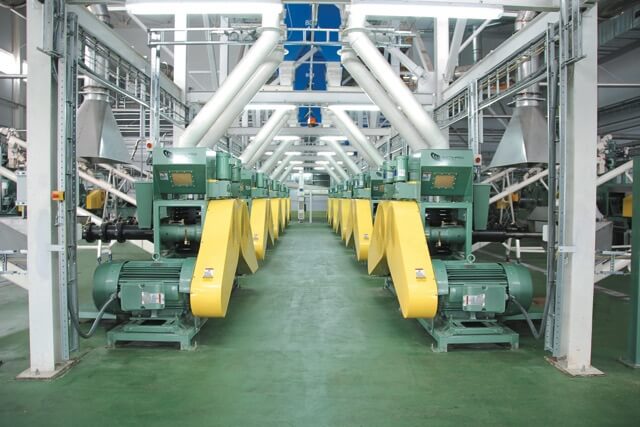You can’t improve what you don’t measure

On a daily basis, we assist many customers optimize their extrusion operations. They may be concerned with meal performance, low productivity, or other issues. Details like motor amperage, temperature, or residual oil content is extremely helpful for troubleshooting and finding solutions. Feedback like this is invaluable, but only if it is available. Like troubleshooting, how can you improve your operation without first knowing where you are? That being said, where do you start?
Start tracking
There’s no time like the present, and if data isn’t available for what you’re trying to improve, you need to create it. In the beginning, it’s always better to track too much instead of too little. This can be applied anywhere in the business that is looking for insight and efficiencies. How many tons of meal were processed? What is the residual oil in my meal? Why am I losing production? Without tracking and logging the data, it’s very difficult to determine the correct course of action.
Analyze the data
Spreadsheets are the easiest way to digest data. Information can be classified, filtered, and graphed for easier communication and reference. Trends over time can be established and correlated to related data. Perhaps you notice that meal oil residuals increase during certain times of the year which correspond to a particular variety that is purchased during this time. Another example may be increased urease levels in the meal, indicating improper extrusion temperature and possible part wear. Rather than revisiting the same issue over and over again, use data to help drive your decisions.
Develop a plan
The data you collect is only as useful as you make it. To make effective use of the data, the analysis must be used to drive decisions. The data is the justification for a decision. Let’s assume you’ve determined that productivity is low when spare part inventory is low. Digging into this further, you find that reduced productivity is due to waiting for spare parts to arrive. This forces the discussion of how much part inventory to have on hand to avoid downtime, which can help increase productivity, which can help justify the costs needed to purchase additional inventory.
Automation
Having data and using it effectively is key when trying to make improvements. Going by intuition and instinct can work but is not 100% reliable. Software is available for certain applications that can help automate this process, like our PIP system. This automatically logs extrusion performance data and can also store nutritional information from our PIA, making reviewing data and trends much easier. Other programs may be available depending on the equipment and system you wish to analyze.
Use data to drive and make rational, justified decisions. Log the data, properly analyze it, then implement a plan. Use this to drive improvements in your operation.



